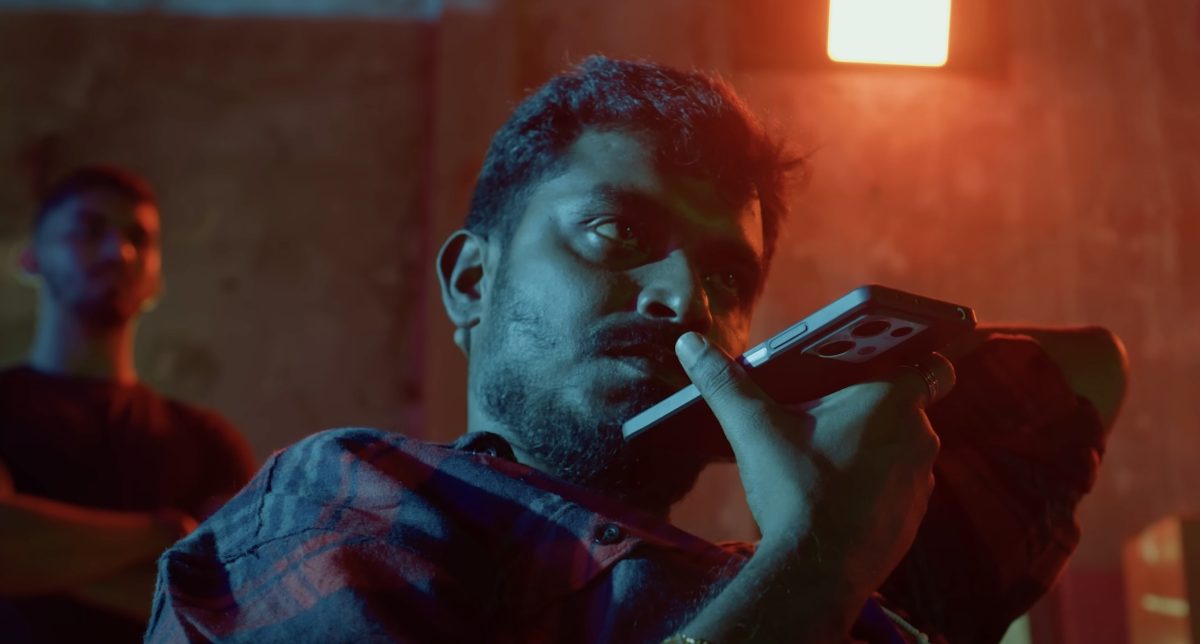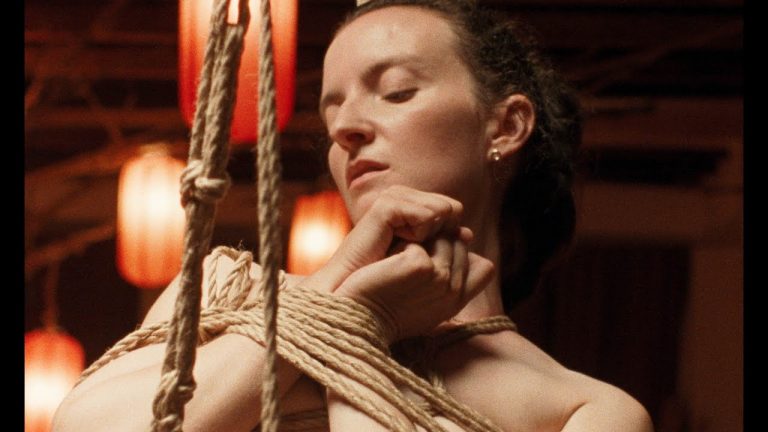Last year, in the month of July, around the same time, Bidurbhai came to the cinema halls of Assam and changed the entire scenario of Assamese cinema. The notion that only a known figure could bring audiences to the halls was challenged by that film, as people came to the hall for the story and the art of cinema. And now, in July 2025, during the post-Bidurbhai era, with a Bidurbhai-esque model, “Malamal Boyyyz” is hitting the theaters, but the question is, will this film meet the audience’s expectations?
“Malamal Boyyyz” is an entertainment package that not only keeps you glued to your seat but also makes you laugh your heart out. The dialogues are written incredibly well, and it’s the actors who bring everything to life with their exceptional performances. The highlight of the film is its ensemble of four characters: Abhi, Raghu, Lakhi, and Jibon.
Whether it’s Raghu’s exaggerated dialogues, Lakhi’s weird varieties of teas, Jibon’s life revolving around life insurance, or Abhi’s inability to do anything yet giving ideas to everyone, it’s entertainment at its peak. The audience goes wild laughing and enjoying how the actors approach these characters and situations.
The characters and situations come across as more interesting than they actually are, mostly because of how the camerawork and lighting, not coherently, but pleasantly. Even the spaces where the villains are shown feel oddly enticing. I keep looking at the background, wondering how carefully and interestingly it’s been arranged and captured. A few scenes aren’t just aesthetically pleasing; they seem well thought out, thematically too.
Like the one where Arohi confronts her father about his wrongdoings. The lighting has this shade of blue that immediately feels like emotional detachment. As if Arohi has already made up her mind. The yellow lamps that once gave the room a cozy warmth now feel overpowered by the blue, like the comfort of home is fading. The father, in the middle of all this, is wearing red. In a space washed in muted tones, he’s the disruption. The red kurta looked loud, a disruption from where Arohi was walking away.
The standout of this film is the performance of Nabajyoti Nath, a kind of performance that refuses to apologize for being alive. He outshines everyone not only because of his timing, but precision. He knows when to underplay, when to exaggerate, and knows how to work on the scene rather than relying on punchlines. I remember calling him the ‘show-stealer’ in Joy Hanuman; here, he’s the ‘star performer’ who seems fully awake to the comic possibilities, even when the writing isn’t.

The writing rather felt slothful; it seemed like the writer was tired and, by the end, just wanted to wrap it up for the sake of it. The film’s ending leaves you disappointed with the director, who probably couldn’t think of a better climax. The conflicts are resolved so hastily, as if it’s running out of time—rushed, lazy, and almost insulting to everything that came before.
Take Raju Roy’s character, for instance. He was shown as the leader of a drug-dealing network among beggars, and suddenly, he’s convinced to change sides? How did his perspective shift so quickly? Why didn’t the director make an effort to give it some more attention? Probably because he was too busy trying to get laughs with that sexual assault reference and the queer caricature scene of Bidurbhai, which has no relevance to this film. But of course, the director included it, because why not?
We are going back in time. If in 2025 you still show the caricature of a feminine man just to get a laugh, then we have a huge problem to deal with. What was the point of showing the character of ‘Sushma Rani’? A boy of about 10 was sitting near me in the cinema hall. He laughed hard, seeing Sushma Rani doing stereotypical moves. Now, when he sees a queer person or a feminine man, his first instinct will be to laugh, then to get scared of them. Because, of course, feminine men are always villains, right?
I won’t say that filmmakers have a responsibility to give a message through their films, but at least what they can do is not promote a few stereotypical things that might affect someone or spread prejudices. When I saw that boy laughing, I felt like the filmmaker was successful in getting the laugh, but at the expense of passing down a mix of misogyny and queerphobia to that young mind.
I think it’s high time filmmakers stop chasing laughs at the expense of marginalized communities. You are not helping anyone. You are just pinning down a group of people who are already marginalized and looked down upon.
However, I cannot deny how important these films are, because they are changing the way we look at cinema, not as a medium driven by star actors, but by stories. These are stories of common men, people who look like us, who don’t come from a lineage of privilege or stardom. It’s an evolving phase of Assamese cinema, and it feels nice that these films are doing well at the box office.
Even though I wish the director had been more truthful in the storytelling, “Malamal Boyyyz” gives the audience a taste of a drink that people in Assam would crave more of, not just because the genre is addictive, but because of the interesting work the actors have done.


![The Phantom Carriage [1921] Review – A Startlingly Inventive Morality Play of the Silent Film Era](https://79468c92.delivery.rocketcdn.me/wp-content/uploads/2020/02/The-Phantom-Carriage-1921-768x559.jpg)
![Bruised [2021] Netflix Review: Sports Drama neither works as sports film nor a drama](https://79468c92.delivery.rocketcdn.me/wp-content/uploads/2021/11/Bruised-2021-768x432.jpg)
![Death Of Insane (Unmadiyude Maranam) [2019]: ‘HFF’ Review – An abstract satire on Moral Policing and Censored Art](https://79468c92.delivery.rocketcdn.me/wp-content/uploads/2019/05/Death-Of-Insane-Unmadiyude-Maranam1-768x512.jpg)


![Hot Water [2021] Review – A generic underdog sports drama with an American Pie obession](https://79468c92.delivery.rocketcdn.me/wp-content/uploads/2021/04/Hot-Water-2-highonfilms-768x327.png)